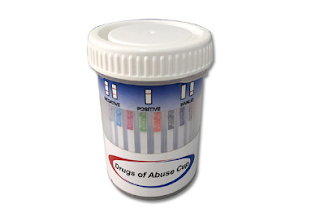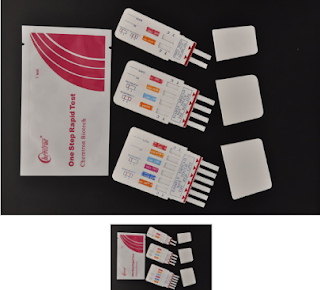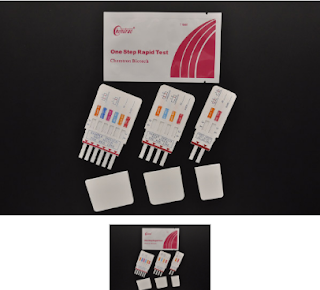What's The Food For Menopause
Menopause is a necessary stage for every woman. During this long and special period of time, women will have a lot of physical abnormalities. So when women reach menopause, what food can they eat to relieve the discomfort of menopause? 1.Whole grains Such as oatmeal, brown rice and so on. This kind of cereal contains a lot of B group vitamin, aswell as a lot of mineral like magnesium, iron, zinc which helps to raise human metabolism, and relieves the discomfort. In addition, many whole grains contain soy isoflavones, which can supplement women's estrogen, making them feel more comfortable. 2.Nuts Nuts are rich in unsaturated fatty acids, and usually rich in vitamin E and magnesium. It can also delay the aging and prevent cardiovascular and cerebrovascular diseases. 3.Soybeans and soy products Isoflavones in soy has certain curative effect to improve menopause discomfort. It can also prevent menopausal women osteoporosis, etc. 4.Milk and honey Milk can improve the sleep ...



